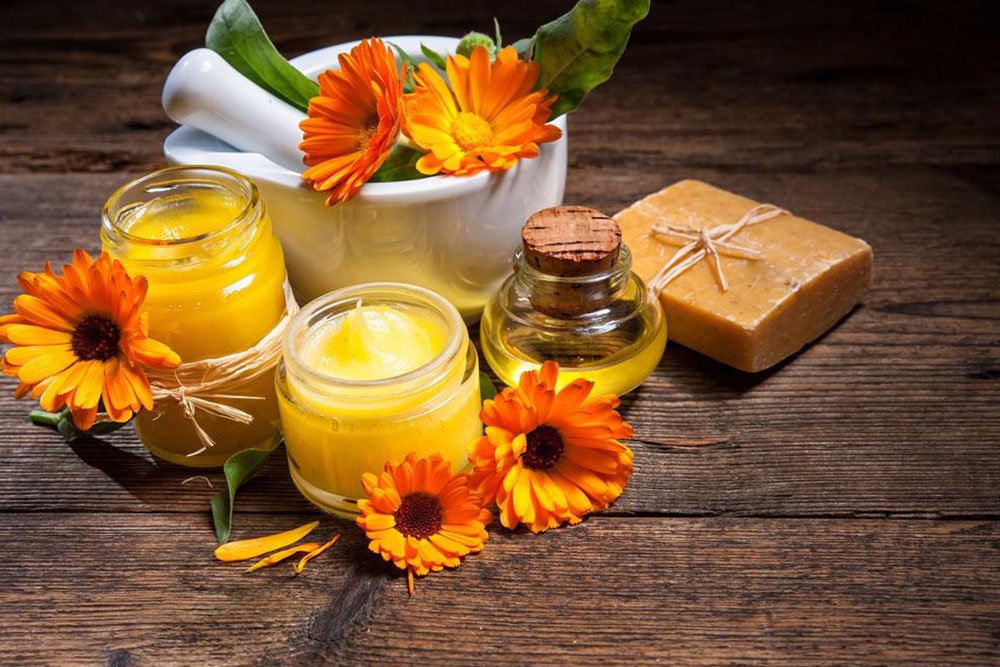How to get rid of small and large boils
Small boils are easy to be treated. They can be treated with a few home remedies or some topical ointments. When the boil is big, it usually has a higher amount of pus in it and will possibly stay a little longer as compared to the smaller boil. The smaller boils will disappear with effective treatment in a couple of weeks, the larger boils stay for about a month and can be very troublesome.

Let us look at how to get rid of small boils and large boils:
Small boils:
- A warm wipe can be helpful in oozing the pus of out the boil and quickening the healing process to a large extent. Soak a cotton cloth or a cotton ball in warm water and apply it directly on the boil.
- It might sound a bit odd, but you can use milk and bread to treat your boil. Heat a cup of milk, add about 3 tea spoons of salt to it along with some bread crumbs. Make a thick mixture and apply it on your boil 2-3 times a day for best results.
- Applying toothpaste on the boil is an answer on how to get rid of a boil. The cooling nature of the toothpaste absorb the heat from the boil and allow it to heal quicker.
Large boils:
You can encounter a large boil or a group of boils, carbunculosis. In this case, you must see a doctor for effective treatment.
- A large boil or a carbuncle becomes soft in most cases; it will not burst with the help of an ointment, or a hot press. Your doctor might treat it differently.
- Antibiotics can work well on getting rid of large boils. They usually occur when there is a bacterial infection on your skin. The antibiotics work against the bacteria and provide effective treatment for your boil.
- If the boil is not on your facial area, your doctor might advise an operation for the boil. This is the fastest way of getting rid of a boil, but it can also result in a scar on your body.
- In some cases, the doctor might have to operate the boil as well as prescribe the patient with antibiotics. The antibiotics work in draining the pus out of the boil and then the boil can be operated. The chances of scar or an infection are significantly less in this case.